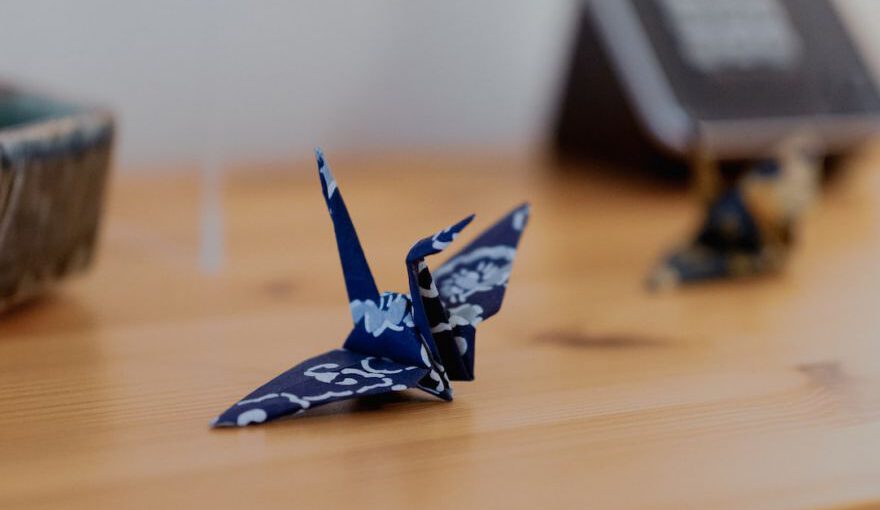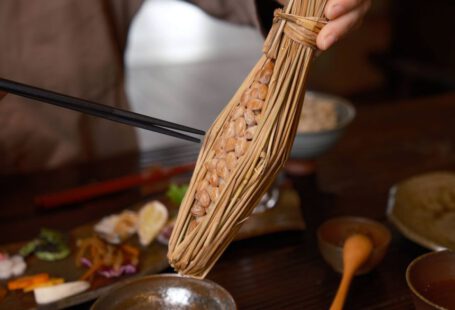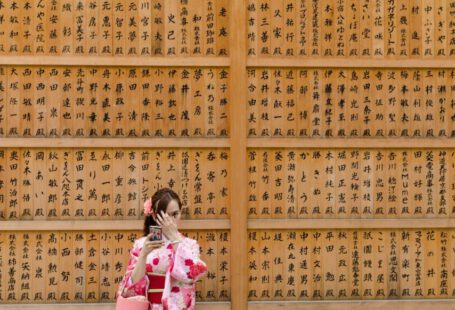Traditional Japanese arts and crafts hold a rich and vibrant history that reflects the country’s unique cultural heritage. From delicate pottery to intricate paper folding, Japan boasts a wide range of artistic expressions that have captivated people all over the world. In this article, we will explore some of the most prominent traditional Japanese arts and crafts, shedding light on their techniques, significance, and enduring appeal.
Origami: The Art of Paper Folding
Origami, the ancient art of paper folding, has been practiced in Japan for centuries. With its origins dating back to the 6th century, origami has evolved into a highly intricate and versatile craft. From simple paper cranes to complex geometric designs, origami allows artists to transform a flat sheet of paper into three-dimensional sculptures through precise folds and creases. This art form not only promotes creativity but also cultivates patience and concentration.
Ikebana: The Art of Flower Arranging
Ikebana, also known as the Japanese art of flower arranging, is a practice that dates back to the 7th century. Unlike traditional Western flower arrangements, which focus on creating a symmetrical and full-bodied display, Ikebana emphasizes minimalism and the use of negative space. By carefully selecting and arranging flowers, branches, and leaves, Ikebana artists seek to capture the essence of nature and create a harmonious composition that reflects the changing seasons.
Sumi-e: The Art of Ink Painting
Sumi-e, or Japanese ink painting, is a traditional art form that originated in China and was later adopted and refined by Japanese artists. This minimalist style of painting uses black ink and a brush to create expressive and evocative images. With a focus on simplicity and capturing the essence of the subject, Sumi-e paintings often depict nature, animals, and calligraphy. This art form requires a delicate balance between control and spontaneity, as the brushstrokes must be precise yet fluid.
Washi: The Art of Papermaking
Washi, traditional Japanese paper, is made by hand using a meticulous process that has been passed down through generations. Made from fibers derived from the bark of the kozo tree, bamboo, or hemp, washi paper is known for its strength, durability, and beautiful texture. This handmade paper is used in various traditional arts and crafts, including origami, calligraphy, and bookbinding. Washi paper is also valued for its ability to absorb ink and paint without bleeding, making it a popular choice for artists.
Pottery: The Art of Ceramic Making
Japanese pottery has a long and storied history, with various styles and techniques evolving over time. From the rustic charm of Bizen ware to the delicate beauty of Arita porcelain, Japanese pottery showcases the craftsmanship and artistic sensibilities of its creators. The techniques used in pottery making, such as wheel throwing, hand molding, and glazing, require skill and precision. Each pottery piece is a testament to the artist’s creativity and the natural beauty of the materials used.
In conclusion, traditional Japanese arts and crafts offer a glimpse into the country’s rich cultural heritage. From the intricate folds of origami to the expressive brushstrokes of Sumi-e, these art forms have captivated people around the world with their beauty and craftsmanship. Whether it is the delicate art of flower arranging or the meticulous process of papermaking, each traditional Japanese art and craft carries with it a sense of history, tradition, and the enduring spirit of creativity.





